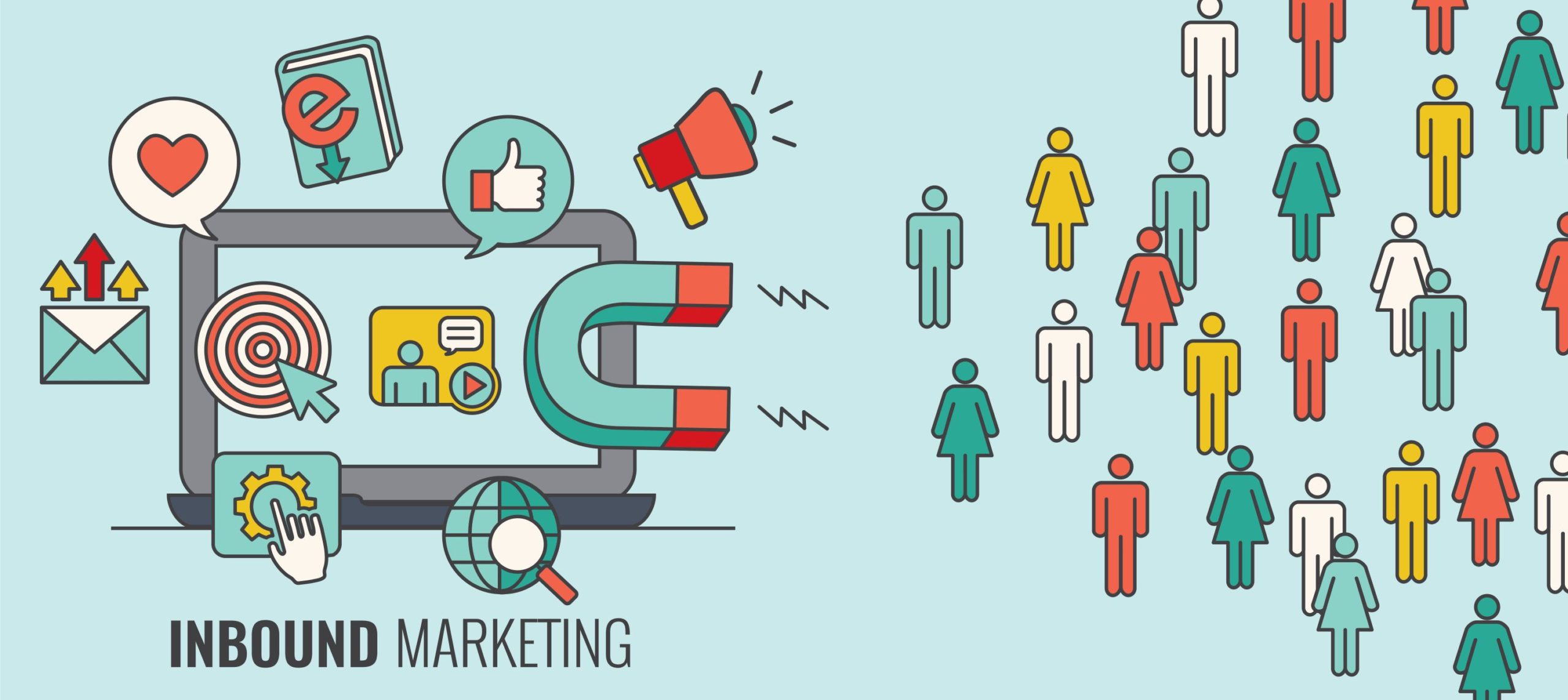
You’re probably wondering what inbound marketing is, and if it’s something you should be doing for your business. In this blog post, I’ll talk about the benefits of inbound marketing and how effective it can be for your business.
Table of Contents
What is inbound marketing?
Inbound marketing is the strategy of attracting customers to your business by providing high-value content that is relevant and helpful. Marketers create content to educate potential customers about their products and services.
Inbound marketing is a customer acquisition strategy that relies on the principle of earning your way into prospective clients’ inboxes with useful, informative content in order to create demand for your product or service.
In other words, it’s not enough these days just to have a business. You need people who want what you’re offering.
What is the purpose of inbound marketing?
The purpose of inbound marketing is to attract prospects and engage them so they eventually become leads (potential buyers). Inbound Marketing is all about providing valuable information to potential customers that will make them want what you’re selling. That means using long-form blog posts to tell stories in addition to short, timely, and relevant articles.
What are some examples of inbound marketing?
Blogs posts
Blog posts are usually long-form copy designed specifically for the web and social media. provide customers with valuable information, ideas, and tips about topics relevant to their interests every day that it seems no other form of marketing does so well.
 Also, blog posts allow business owners new insights into what concerns and challenges prospects face, which helps them create better products and services for those customers.
Also, blog posts allow business owners new insights into what concerns and challenges prospects face, which helps them create better products and services for those customers.
The content should be a mix of content marketing ideas, your business or product’s story, customer testimonials, and perhaps even an inspirational quote to start out the post.
Infographics
Infographic is a graphical representation of information, data, or ideas. They are often colorful and detail-oriented to help break down complex topics into easy-to-digest chunks.
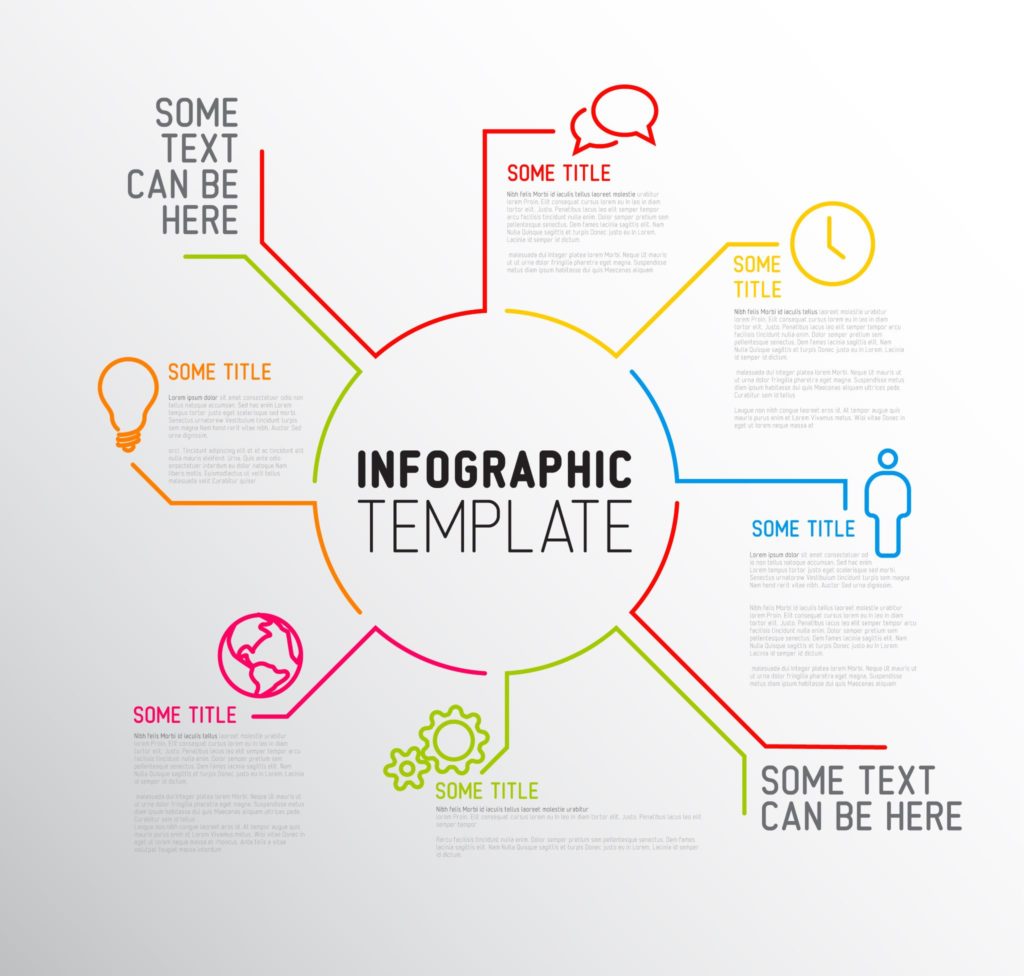 Infographics can be created in a number of different ways: You could hire an illustrator with the right skill set or learn how to do it yourself using design software like Photoshop or Canva.
Infographics can be created in a number of different ways: You could hire an illustrator with the right skill set or learn how to do it yourself using design software like Photoshop or Canva.
Whitepapers
Whitepapers are often very long-form and detailed, often providing an in-depth analysis of the subject matter.
E-books
E-books go above content marketing by providing detailed instructions on your product or service to potential buyers who want more details before making a purchase decision. The goal here isn’t just traffic but also upsells from previous customers who are looking for additional value they may not have found when first purchasing your product/service.
Case studies
Case studies offer a unique storytelling opportunity to illustrate how your product or service solved a problem for one customer in particular. This type of content is appealing because it can tell deeply personal stories that help build trust between you and potential customers who read about such success with your company.
Podcasts
Podcasts are a great way to offer your expertise on a topic in an informative and entertaining way. Similar to how you would design the content for a podcast, think about the questions people might have while listening to this type of content.
Podcasts are often one or more guests talking with another person as host. This is different from interviews where there’s only one guest answering interviewers’ questions at length like they’re live on TV news programs (although podcasts can be done that way, too).
Video series
Video series is a form of video advertising in which the advertiser uploads videos to YouTube or another online video website and then promotes them on social media.
This can be done through links, banners, email marketing campaigns with embedded links, etc. The goal is to get people who see the ads to click into their channel for more information about what they’re selling. For this reason, it’s important that your first few videos are as engaging as possible so viewers will want to watch more of your content.
Search engine optimization
SEO is the process of improving your ranking on Google and other search engines.
There are many factors that go into how high you rank for a keyword phrase, but some things to keep in mind when writing your content include using keywords appropriately based on relevancy and including them naturally throughout all pieces of content. It is also important to use sentence case rather than title case so it’s easier for people to read.
What is outbound marketing?
On the other hand, outbound marketing is all about promoting your company by taking the approach of “pushing” information out through a variety of mediums in an attempt to drive traffic back to sites like Twitter, Facebook, and Instagram.
What are some examples of outbound marketing?
Here are some examples of outbound marketing tactics:
- Advertising on TV, radio, or newspapers
- Emailing a list of contacts with special offers
- Purchasing ad space on Facebook or Instagram to target users based on their demographics and interests.
As you can see from this short list, outbound marketing is often more expensive than inbound marketing because it takes time and money to reach the audience through these mediums. However, if done correctly, there are many benefits as well, such as higher return rates, increased engagement levels for your social media posts, and an increase in awareness which makes customers feel like they’re part of something larger than just your company’s brand. Overall though, it all depends on what works best for your business.
You’ll know you’re doing inbound marketing right when visitors are coming to you rather than the other way around.
It’s not about sending them a ton of emails and posts, but finding that one thing that will resonate with them on an individual level so they come back again and again without feeling like they’ve been bombarded by advertisements or solicitations is key to getting results from your efforts.
What is the difference between inbound and outbound marketing?
The difference between inbound marketing and outbound marketing is that inbound marketing is about attracting customers through relevant and engaging content. On the other hand, outbound marketing is all about “shoving” information at your potential customer.
How does inbound marketing work?
Inbound marketing works by sending information to your potential customers (not waiting for them to come find it). It’s a strategy where you place attention on your audience rather than vice versa, as in outbound marketing. The most common example would be creating a blog post for readers who are interested in what you’re offering. Or posting videos on YouTube which feature tutorials or demonstrations of how to use your product/service instead of trying to sell it directly (which might turn some people off).
In order for an inbound marketing approach to work well, the content must have something that is valuable enough and interesting enough that the reader will want more.
If this doesn’t happen, then they’ll leave after finishing one article without going any further into the site. This is why it’s so important to make the content as appealing and interesting as possible.
What are the benefits of inbound marketing?
The benefits of an inbound marketing approach are that you’re coming from a place where you have something valuable for your readers, which will generate trust with them. Additionally, other people who come across this article on social media or search engines might find it because they had questions about how to implement an inbound marketing strategy themselves.
And finally, Google loves sites that offer high-quality information rather than making direct sales pitches – according to Moz (a company specializing in SEO), “Content Marketing outperforms all other forms of digital marketing.”
Inbound marketing can be a great way for small businesses who don’t have large budgets to get their message out there, as inbound marketing costs less than traditional advertising ads. It’s also effective because it helps attract
Inbound marketing is an effective strategy for small businesses because it’s less expensive to manage, gets more and better-qualified leads as a result of providing high-value information (valuable posts), builds trust with prospective customers by providing them with resources they need without trying to sell anything It can also be used in conjunction with other promotional campaigns or strategies such as email newsletters, SEO optimization, etc., to enhance effectiveness and increase conversion rates even further.
The benefits: increased customer engagement; higher ranking for targeted keywords; greater opportunity for analytics that helps you know what works best; lower cost than outbound marketing due to lack of costly advertising upfront expenditures; use alongside existing efforts
The effectiveness: increases conversion rates; saves money by not having as many upfront expenditures for advertising campaigns and/or other promotional tactics; provides high-value content that helps build trust with prospective customers.
What is inbound marketing in digital marketing?
When it comes to digital marketing, inbound marketing is a way to attract targeted traffic from search engines and social media sites so that you can convert visitors into leads or customers.
The idea behind this type of marketing is that you provide valuable content to potential consumers, which will encourage them to come back for more on their own accord.
In other words, it’s about providing information rather than making direct sales pitches. If your goal is higher conversion rates and increased customer lifetime value (CLV), then the quality of your content should be top priority as well! This article on social media or search engines might find it because they had questions about how to implement different kinds of inbound marketing strategies.
What are some inbound principles?
- Inbound content is created for customers, not people who have yet to be convinced
- The customer controls what they see and how long they stay with your brand (i.e., by opting into newsletters)

- Your website’s design should reflect these ideals: simple, intuitive navigation; large images designed for easy consumption on mobile devices; text written using keywords (“eg.” “inbound” or “content”) rather than industry jargon

- Marketing automation is an important component because it removes hours from lead nurturing while increasing conversion rates
- A/B Testing is essential when developing new campaigns so you can measure which iterations work best before investing a lot of time and money
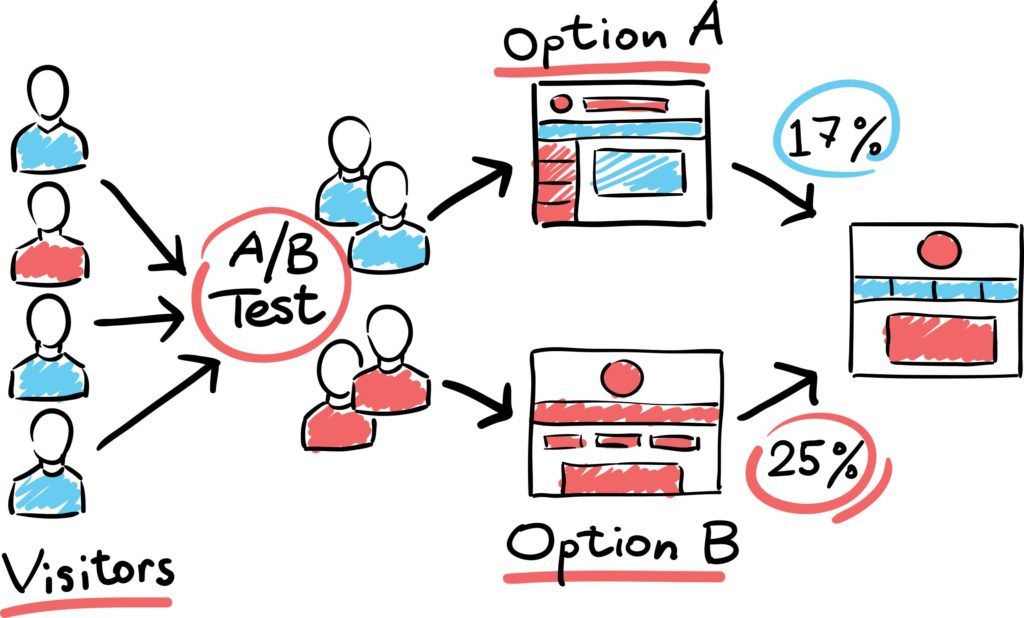
- Content is king in the digital world, yet it’s not enough to simply post articles on your website. You need to have a content strategy for all social media platforms as well
- The key metric that most marketers track against are leads generated from marketing campaigns and this should be your focus too
- It matters which channels you market through because some will work better than others (eg., email newsletters may convert higher than Facebook)
Applying an inbound marketing strategy works best when there’s an established sales funnel with clear goals set by management. This allows employees at every level of the company to know what they’re working towards and how their efforts contribute to overall success. The top three metrics for measuring performance are lead generation rate, conversion rates, and customer satisfaction.
Inbound marketing is a potential solution for any company that’s considering how to generate leads, improve conversion rates and achieve customer satisfaction goals. This article includes additional insights into what inbound marketing entails, including its benefits (such as increased organic traffic) and why it’s so effective. It also provides examples of companies that have successfully implemented various aspects of the strategy or used pieces of the approach to great success such as Zappos with their “Zapier” integration software which integrates directly with products they offer on their website without requiring visitors leave them when registering an account.
What are the 4 key stages of inbound marketing?
The 4 key stages of inbound marketing are:
- Attracting visitors to your website with content that is engaging and informative.
- Converting these potential leads into qualified prospects.
- Engaging prospects by being helpful, professional, and responsive before they become a customer.
- Delivering an excellent experience post-purchase so the customer will want to come back again for another purchase or share their positive experiences with others on social media platforms like Facebook or Twitter which can lead to additional sales opportunities down the line if done correctly.
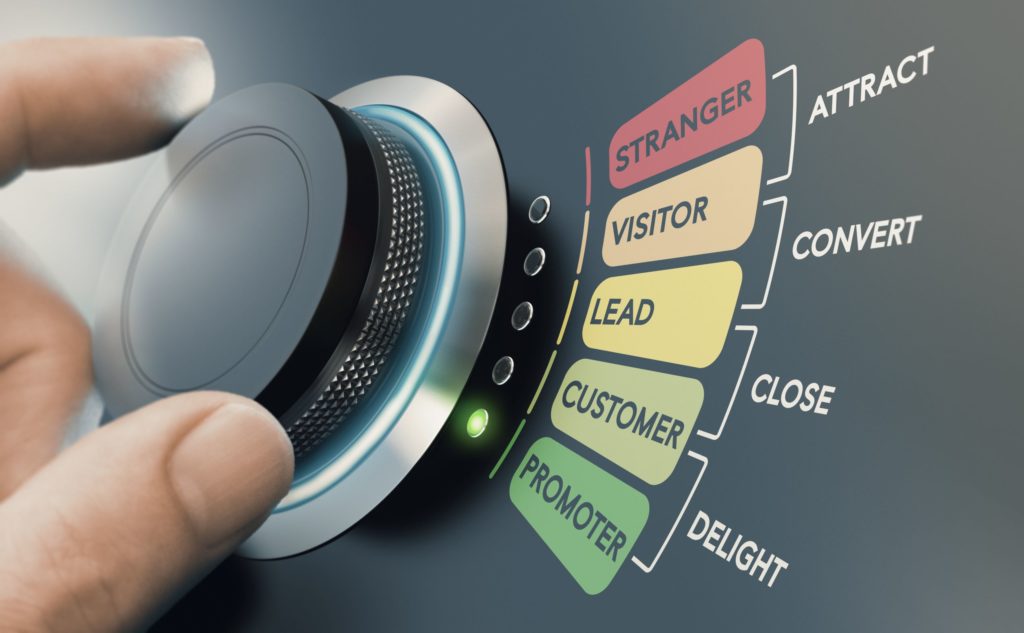
How to use SEO for inbound marketing?
Search Engine Optimization (SEO) is a popular term in the online marketing space. In order to rank high on Google, Bing, or Yahoo for keywords that are applicable to your business and industry sector, you need a website with great SEO.
There are many people who say that SEO is dead (as it’s been getting harder each year).
But the truth of the matter is this…
If you want more visitors from search engines like Google and Bing then you should have an amazing website with awesome content aimed at answering questions relevant to those “lesser” terms!
To use SEO for inbound marketing, all you need is to keep in mind these four important points:
- Create content that answers questions.
- Include keywords and a link back to your site inside the text of the article or blog post, but don’t overdo it!
- Optimize for more than just one keyword.
- Make sure every page on your website has high-quality content with great SEO attributes (i.e., includes targeted keywords).
The benefits of an optimized website are huge because they include higher search rankings, increased traffic from Google, Bing, and Yahoo!, better conversion rates when someone does land on your site through a search engine result as well as improved brand awareness among new potential customers who have never heard about you before visiting your site after being led there by a search engine result.
How to generate B2B leads through inbound marketing?
Business-to-Business (B2B) lead generation is one of the most important tasks for any marketing campaign, and inbound is a proven method to accomplish this goal.
Let’s look at five ways you can generate B2B leads through an inbound marketing strategy:
Blogging
Create content on your blog that will appeal to potential buyers of your product or service
Social Media Marketing
Connect with decision-makers by joining LinkedIn groups relevant to your target market and engaging on Twitter using keywords targeted towards prospective clients
Search Engine Optimization
Research what phrases are being searched so that when prospects search these terms, they find not only information about how their solution might work but also specific pieces of content directly related to their industry
Online Communities & Forums
A great way to get your content in front of people is by participating in online communities – either through commenting on posts or creating original blog-style responses. If you are marketing something specific, then consider joining an appropriate forum and promoting your business there as well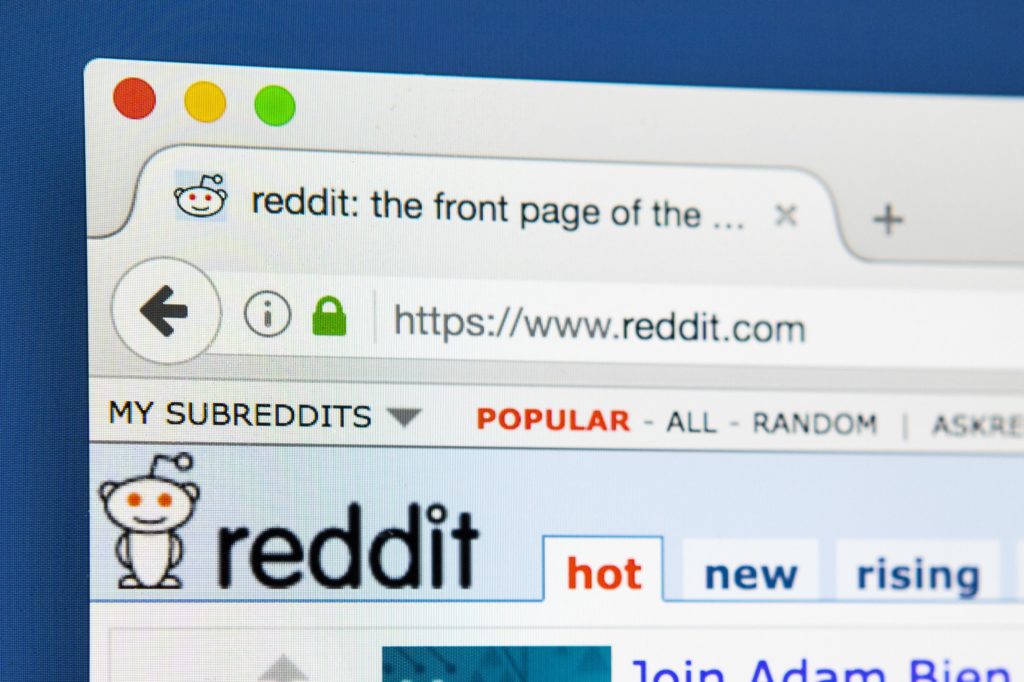
Email Marketing
Don’t forget the most simple but effective form of digital marketing: email! Create newsletters that will be delivered directly to the inboxes of prospects who have opted into receiving updates from you. You can also promote giveaways via this method, which may encourage more engagement with potential customers.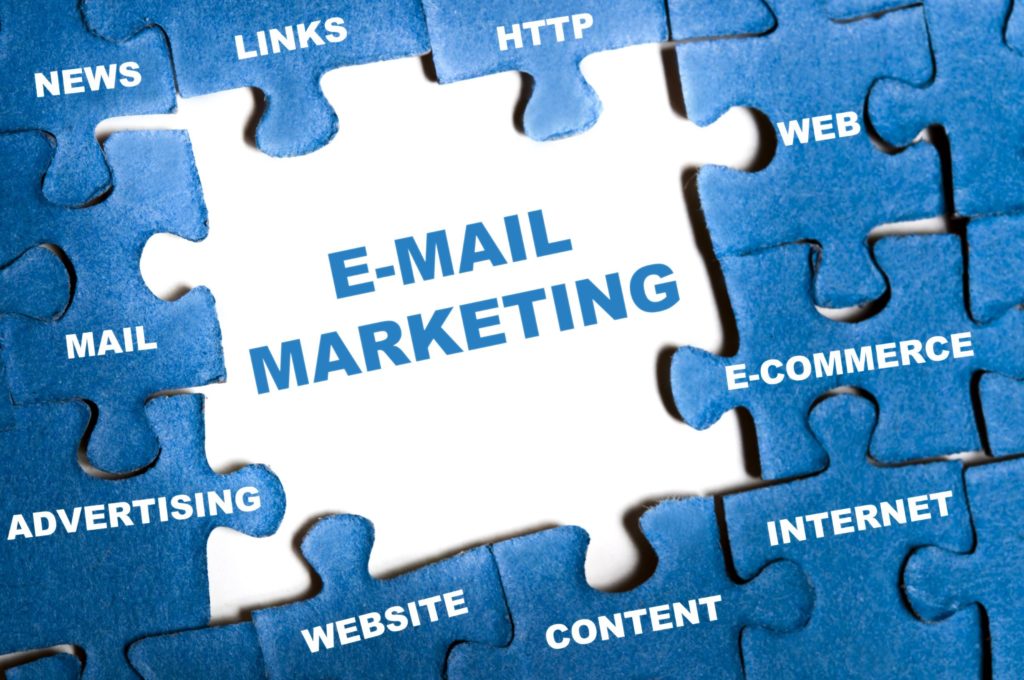
Most marketers start their careers thinking about social media and blogging techniques for generating leads because these first two steps are usually free. But as you progress in your marketing career, and if budget allows, consider these additional steps:
PPC (Pay Per Click) Advertising Campaigns
This is where advertisers pay for each click their ads generate. It’s most commonly used when businesses are running campaigns with very specific messages or targeting certain geographic areas.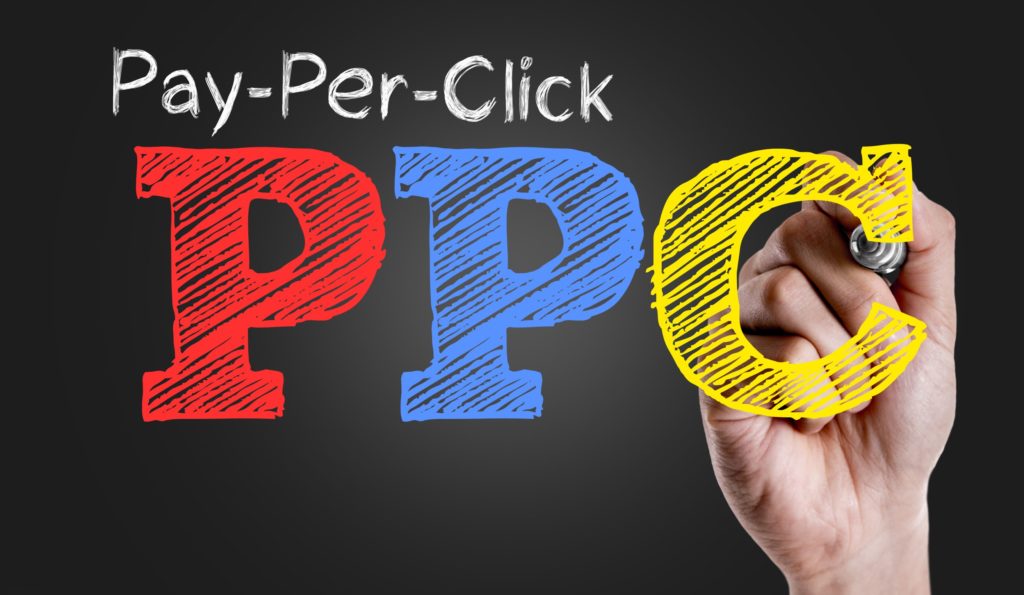
Paid Social Media Management Services
We all love Facebook but managing the network can take up too much of our precious time when there are other things pressing on us at work. Consider outsourcing tasks like scheduling posts, responding to messages, and running contests that will give your audience something valuable.
Content Management Services
This is where you outsource the creation of new content so you can focus on managing what’s already been created; it may also include reworking old content in different formats or identifying new opportunities for potential blog post topics.
What is the biggest pain point for B2B digital marketers?
B2B digital marketers usually face the same types of challenges as B2C marketers. However, there are some unique problems that exist in the enterprise space which can be difficult to tackle on your own.
Long-form content: One of the common marketing pain points for digital marketers is gaining new customers and leads from online sources like Google Ads or Facebook ads. The problem with this strategy is that many businesses have already saturated their target audiences enough with advertising so it’s become more expensive to get results through paid media channels than it would be by attracting prospects organically …”
What is an inbound marketing strategy?
An inbound marketing strategy is a type of marketing strategy which has the primary objective of attracting potential customers and clients by providing high-quality content, such as blog posts or webinars, about their products/services. The goal with this type of approach is for site visitors to “find” your business and then take an action (like sign up for more information or buy something from you).
The main way businesses market themselves these days are through advertising campaigns (which can be expensive) but with an inbound marketing campaign, it typically doesn’t cost anything up front. Because prospects find them without any assistance, they don’t have to spend money on ads. You just need to create the content and make sure they know you exist.
What is an inbound marketing campaign?
Inbound marketing is effective because it’s free, but that doesn’t mean inbound campaigns are less powerful. When done right, an inbound campaign can be just as impactful as any other form of advertising would be (depending on what your goals are). In order to get results from this type of campaign, there needs to be a certain amount of work put into it. For example, creating blog posts or webinars which will attract those prospects who don’t yet know about your business.
But if these things aren’t created then very few people will ever find out about them – with so many options out there competing for their attention – without some kind of help.
How do you set up an inbound marketing strategy?
Step 1: Create a blog or website and start publishing content that is relevant to your target audience’s interests, thoughts, and problems
Step 2: Identify the most common ways people find and use your business’ products or services (e.g., Google search results)
Step 3: Figure out how you can get featured in these places through marketing tactics like press releases, social media campaigns, etc…
These steps are simple but they do require a lot of time and effort.
Fortunately, the ROI is worth it!
Inbound marketing strategies can be much more cost-effective than traditional outbound advertising which costs money to create ads that are usually placed on TV or in magazines.
What’s also great about inbound marketing is how easy it is for customers to find you once they start looking for what they need online–even if your site isn’t ranked at the top of Google search results pages (and please don’t forget SEO!). This means less work for them and more chance of success when selling your products or services.
The best part? You’re not wasting any money with this strategy either because there are no upfront costs involved as opposed to other types of strategies.
What are the 3 components of successful inbound marketing strategies?
The 3 components of a successful inbound marketing strategy are:
• Creating content that is relevant to your target audience’s interests, thoughts and problematics; which includes both text on pages and images within those pages.
• Identifying the most common ways people find and use your business’ products or services, such as Google search results; which includes understanding what keywords are ranking high in SERPs for your site’s target audience.
• Figuring out how you can get featured in these places through marketing tactics like press releases, social media campaigns, etc.
Conclusion
You now know what inbound marketing is and why it’s effective. You now have a better understanding of how to create content, identify your target audience, optimize for SEO, etc…
Now you can apply these concepts to your company and see the results for yourself.
This is just one way of marketing that might help you in attracting new customers. You can find other types at sites like HubSpot, where there are resources on everything from SEO basics to email campaigns and more.
I hope this post helped promote some basic understanding about inbound marketing, as well as a few ways to apply these ideas to your business or blog! Be sure to share with friends who may be interested! Have questions? Comments? Contact us by clicking this link.

